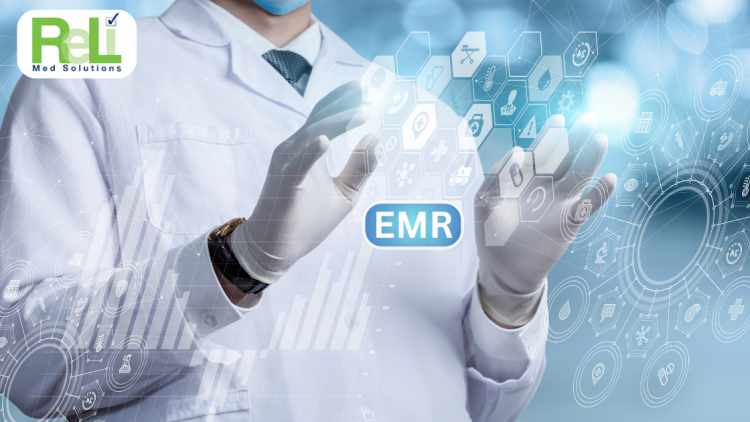The Benefits of User-Friendly EMR Systems: Simplifying Automated Charge Entry for Healthcare
In today’s rapidly advancing healthcare landscape, the integration of technology has become essential, with user-friendly EMR systems leading the charge. Electronic Medical Records (EMR) systems have emerged as the backbone of this transformation, designed to enhance patient data management, improve workflow efficiency, and reduce errors. One of the standout features of these user-friendly EMR systems is their ability to simplify automated charge entry, which plays a crucial role in accurate Medical Billing Services and effective Revenue Cycle Management (RCM). As healthcare facilities aim to streamline operations, understanding how automated charge entry within EMR systems can benefit them is vital.
What is Automated Charge Entry?
Automated charge entry refers to the process of entering billing codes directly into the EMR system, reducing the need for manual data entry. This feature ensures that charges for services are recorded and processed accurately, minimizing the risk of human error. By automating charge entry, healthcare providers can maintain precise Medical Records and enhance Revenue Cycle Management. This process is crucial for both financial stability and compliance, ensuring that healthcare facilities can operate smoothly and efficiently.
Streamline Billing with User-Friendly EMR Systems
User-friendly EMR systems are engineered to make billing processes more efficient and seamless. With automated charge entry, healthcare providers can instantly capture and record charges at the point of care. This immediacy reduces delays and ensures that billing data is promptly available. By automating these tasks, healthcare staff face less administrative burden and can focus more on patient care rather than paperwork. This shift not only enhances workflow efficiency but also improves patient outcomes, demonstrating the real-world benefits of Electronic Medical Records in everyday healthcare settings.
Reducing Errors, Improving Accuracy, Enhancing Efficiency
Manual charge entry is fraught with the potential for errors, such as incorrect billing codes or missed charges, which can lead to revenue loss and compliance issues. User-friendly EMR systems address these challenges by standardizing the charge entry process and incorporating real-time data validation. This significantly reduces errors and ensures more accurate Medical Billing Services. Furthermore, automation speeds up the billing cycle, which accelerates reimbursements from insurance companies and other payers. This increased efficiency not only saves time but also enhances overall workflow, showcasing the advantages of integrating EMR systems into healthcare practices.
Financial Transparency and Compliance
Automated charge entry fosters greater financial transparency by providing a clear and accurate record of all transactions. This transparency is essential for Revenue Cycle Management and helps healthcare facilities maintain compliance with financial and regulatory standards. By leveraging user-friendly EMR systems, healthcare providers can generate detailed reports and track financial performance more effectively. This improved oversight supports better financial planning and resource allocation, crucial for sustaining long-term operational success.
Integration with Advanced Technologies
Modern user-friendly EMR systems often integrate with advanced technologies such as FHIR (Fast Healthcare Interoperability Resources) and eRx (Electronic Prescribing). These integrations enhance the functionality of EMR systems, allowing for better data exchange and communication between healthcare providers. FHIR facilitates interoperability, enabling different Electronic Medical Records systems to share information seamlessly. eRx supports efficient electronic prescribing, improving medication management, and reducing errors. By incorporating these technologies, user-friendly EMR systems offer a comprehensive solution for managing patient data and streamlining Medical Billing Services.
Optimize Billing Efficiency with Relimed Solutions
User-friendly EMR systems with automated charge entry are revolutionizing healthcare billing processes, offering significant advantages in accuracy, efficiency, and financial management. By adopting these systems, healthcare facilities can reduce errors, streamline operations, and ensure compliance. Relimed Solutions stands out as a leading provider, offering comprehensive EMR solutions designed to optimize your practice’s billing processes and overall performance. Embrace the future of healthcare technology with Relimed Solutions and experience the benefits of a more efficient and transparent billing system.


